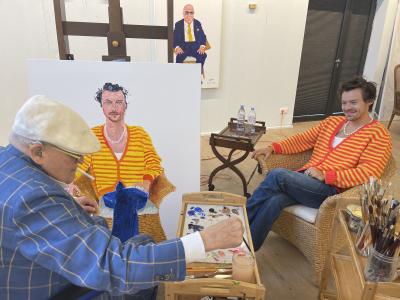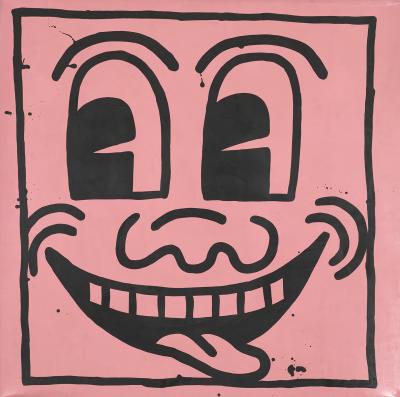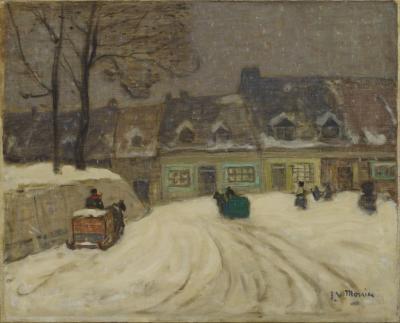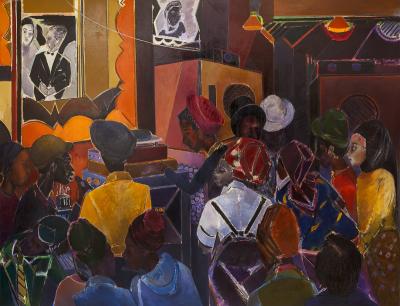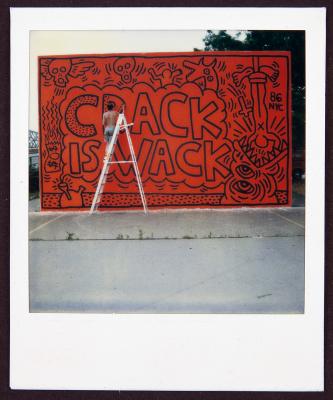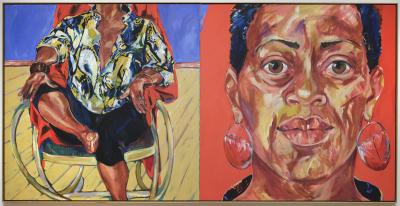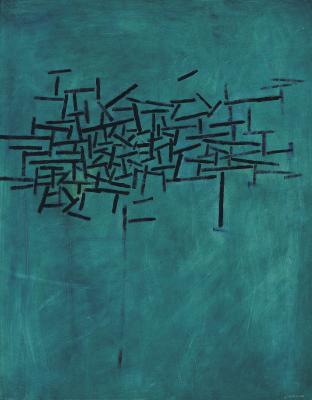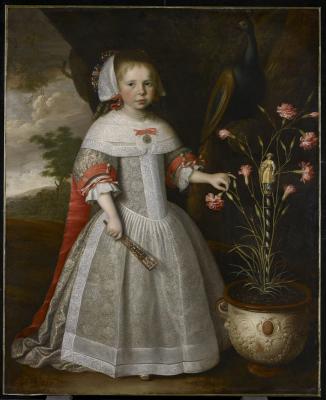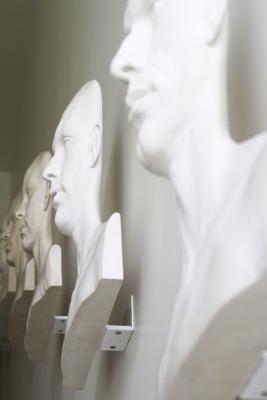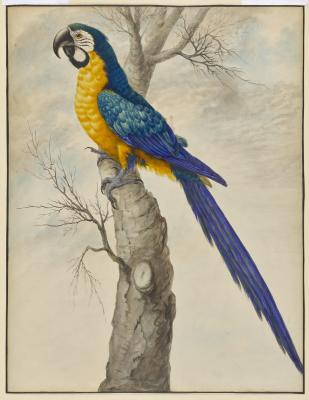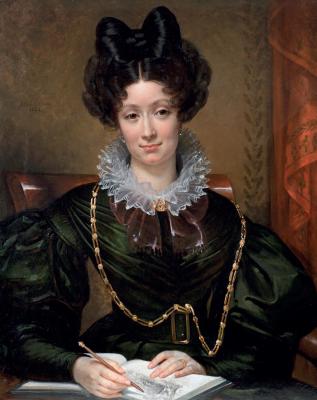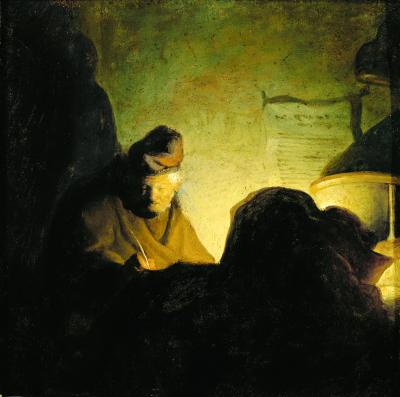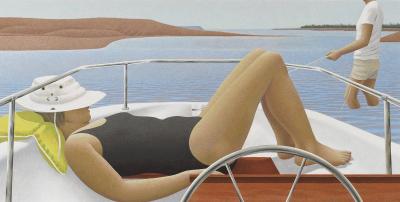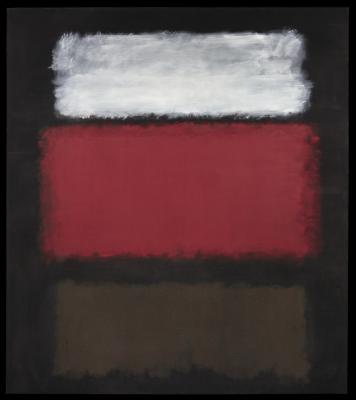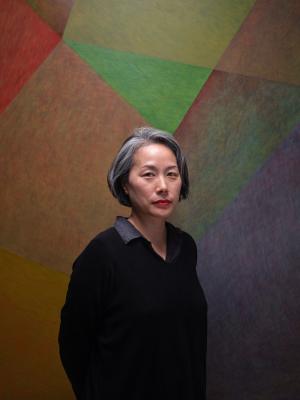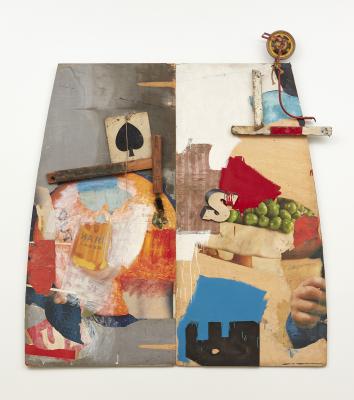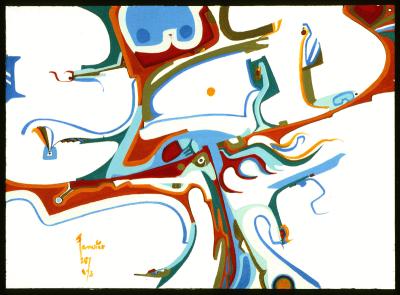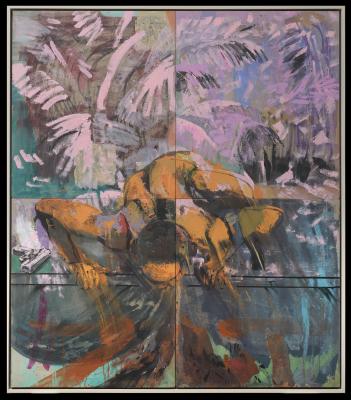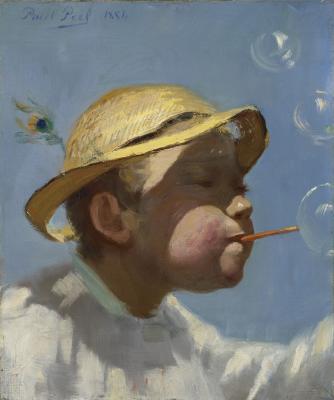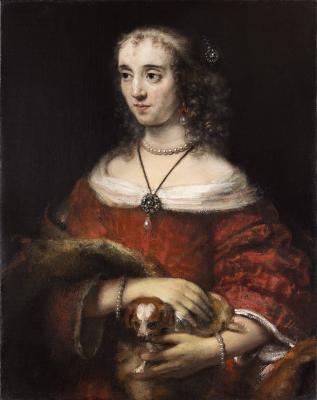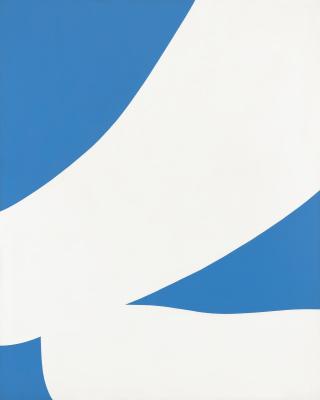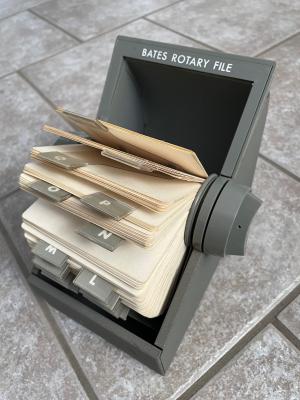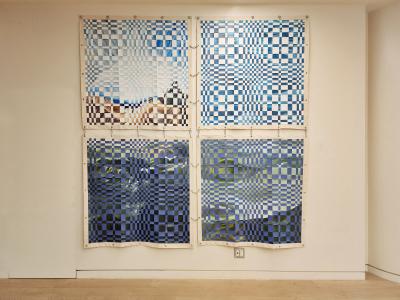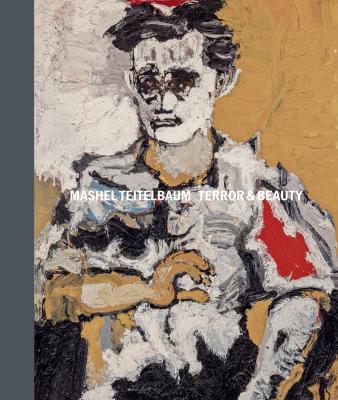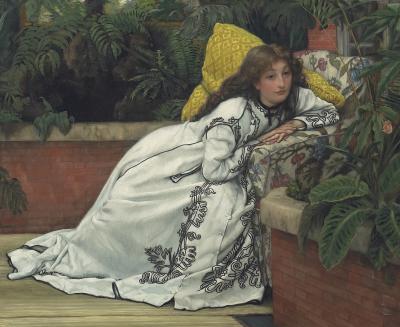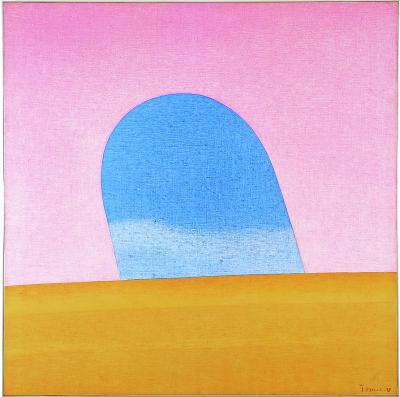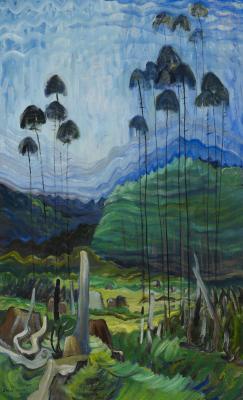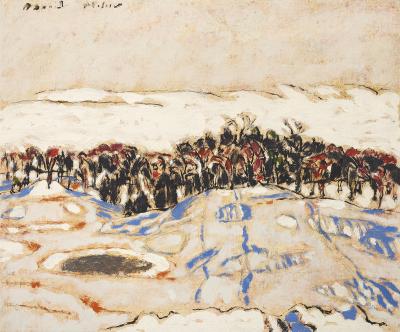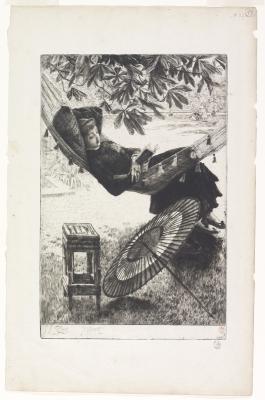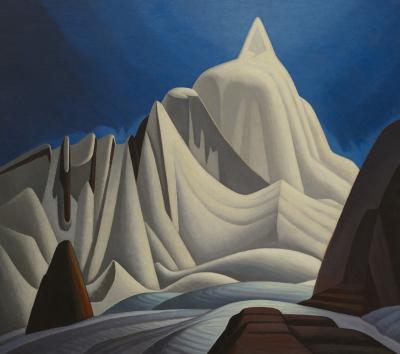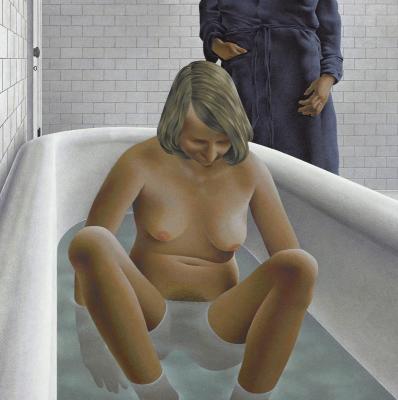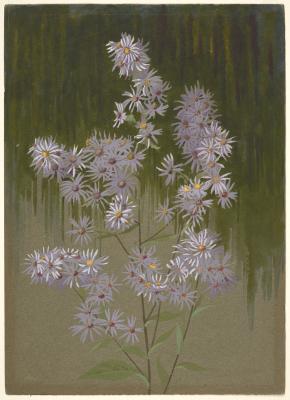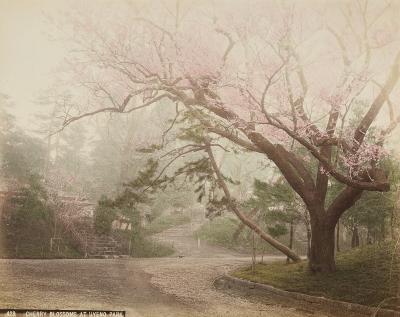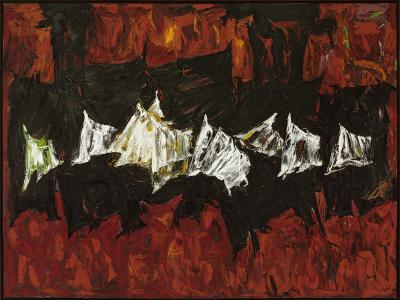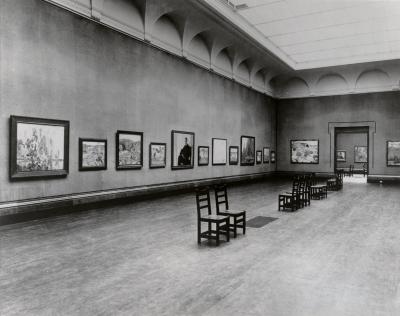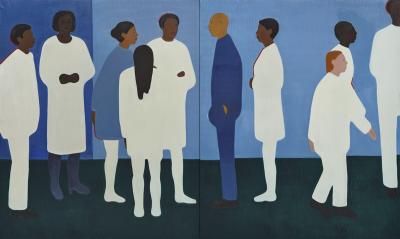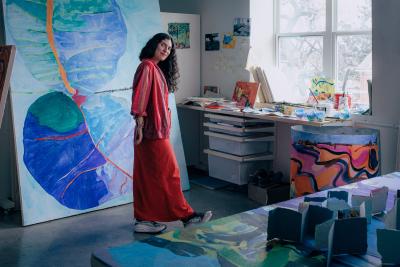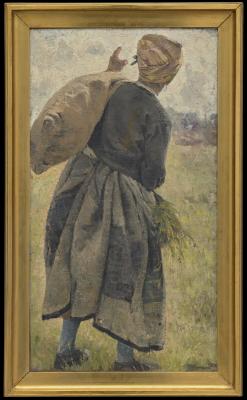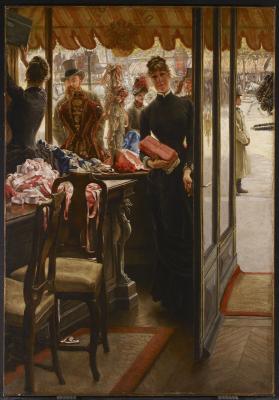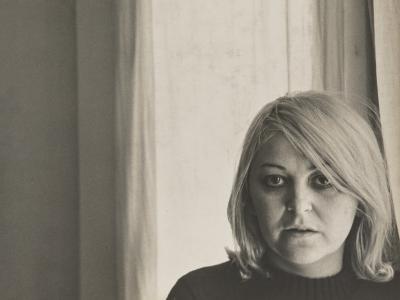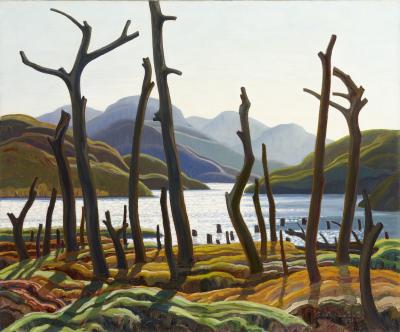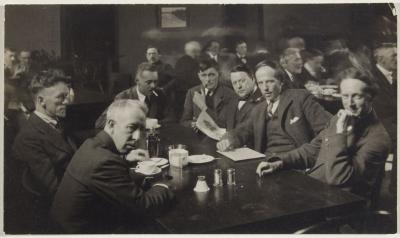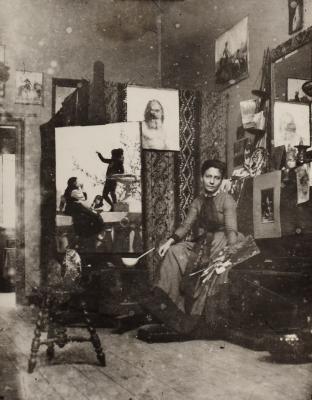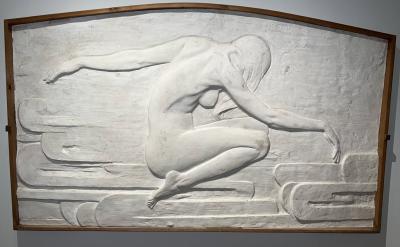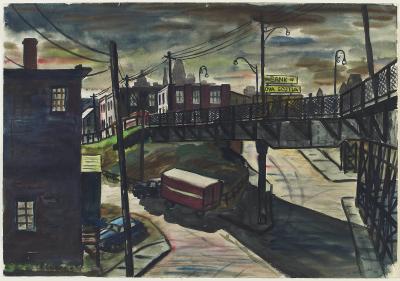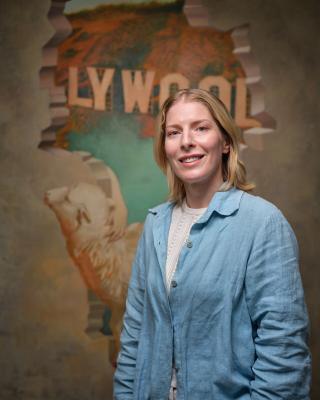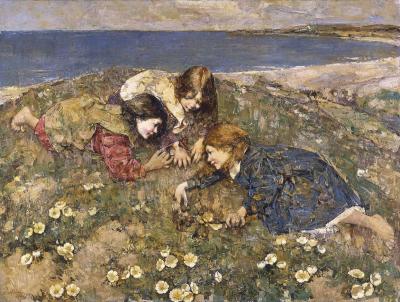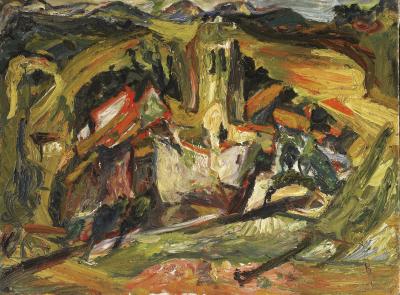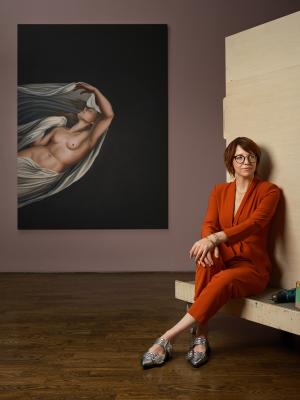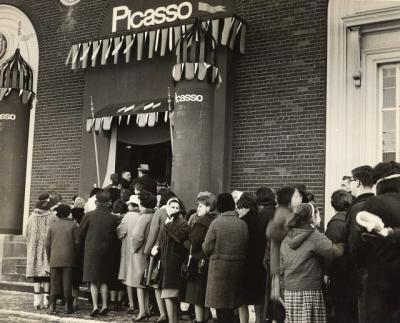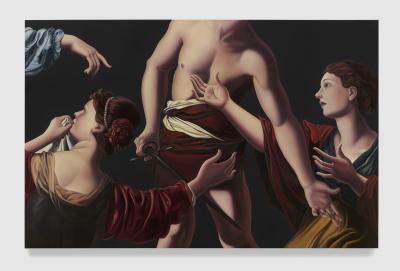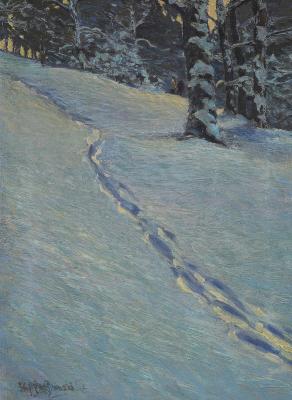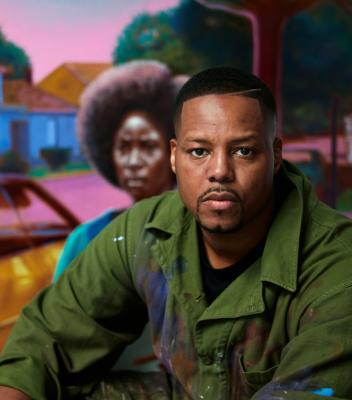Kazuo Nakamura’s Watercolours With Jon Sasaki
Toronto artist Jon Sasaki writes about Nakamura’s early figurative works

Kazuo Nakamura. Evening Shadow, 1949. Graphite, watercolour and black ink on paper, Sheet: 35.1 × 50.3 cm. Art Gallery of Ontario. Gift of Kazuo Nakamura, Toronto, 2001. © Estate of Kazuo Nakamura. Photo: AGO. 2001/63
Kazuo Nakamura (1926–2002) is widely known for his abstract paintings incorporating geometric forms, mathematical structures, and ultimately, the universal laws of nature. But across his decades-long career, Nakamura explored many different styles of painting, transitioning between figuration and abstraction.
While the exhibition Kazuo Nakamura: Blue Dimension – on view on Level 2 of the AGO – features Nakamura’s abstractions, a selection of watercolours now on view in the Esther & Arthur Gelber Treasury (gallery 142) on Level 1 showcases his early landscape work. This selection of particular watercolours also represents a crucial period in Nakamura's life and artistic development.
A second-generation Japanese Canadian, Nakamura was born in Vancouver and studied art as a teenager at Vancouver Technical Secondary School until his schooling was interrupted in 1942. That year, he and his family were part of the 22,000 Japanese Canadians detained in internment camps during World War II. Nakamura and his family were detained in Tashme, near Hope, British Columbia. Nakamura continued to paint during this time, depicting familiar streets in Vancouver from memory.
After they were released in 1944, Nakamura and his family relocated to Ontario. The watercolours on view were created shortly after this move, portraying how Nakamura navigated the new surroundings and reality he found himself living in.
The exhibition text for this installation was guest-written by Jon Sasaki, a Toronto-based multidisciplinary artist and fourth-generation Japanese Canadian, with a longstanding interest in Canadian landscape painting. Speaking on his connection to Nakamura and experience guest-writing, Sasaki shared:
“I have long been an admirer of Nakamura's mature work, but I was unfamiliar with these watercolours from his early, formative years. They are a wonderful window into his artistic development, and it is apparent that his love for a challenge was there from the start. As someone whose Japanese Canadian grandparents were roughly the same age, and subject to the same wartime injustices, this research was an opportunity to imagine the difficulties of resettling in a new province and starting anew. I see Nakamura's landscape paintings, in part, as documents of someone exploring new surroundings and finding their place in a new home.”
Learn more about three of the six watercolours on view by Nakamura through label text written by Sasaki.
Nightfall, Hamilton (1945)
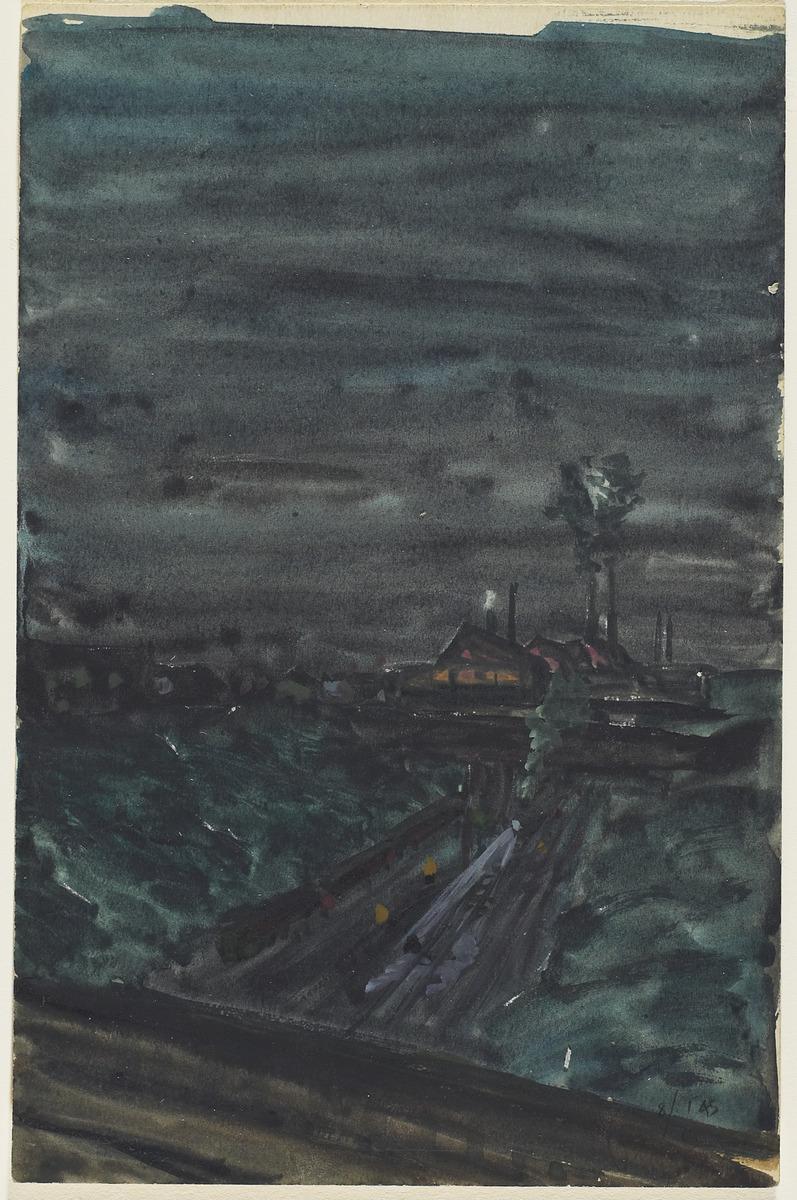
Kazuo Nakamura. Nightfall, Hamilton, 1945. Watercolour, gouache and scraping on wove paper, Overall: 22.5 × 14.6 cm. Art Gallery of Ontario. Purchase with funds from Bill and June McLean, Toronto, 2001. © Estate of Kazuo Nakamura. Photo: AGO. 2000/1149
Nakamura and his father left Tashme in late 1944 with the intention of settling in Toronto. However, the city had strict quotas limiting the number of Japanese Canadians allowed to move there, so Hamilton, Ontario, became their home for the next few years. Nakamura found work there in a box factory and attended evening painting classes at the Hamilton Technical School.
Due to his work schedule, he often made twilight paintings out of necessity – Nightfall, Hamilton is one such solemn landscape painting rendered in portrait orientation. The vastness of the star-specked sky suggests a bigger universe beyond the immediate built environment.
Autumn Landscape (1949)

Kazuo Nakamura. Autumn Landscape, 1949. Graphite and watercolour, Overall: 38 × 56.1 cm. Art Gallery of Ontario. Gift of Kazuo Nakamura, Toronto, 2001. © Estate of Kazuo Nakamura. Photo: AGO. 2001/64
One of Nakamura's earliest art lessons came courtesy of his brother Yukio, who taught him the fundamentals of linear perspective. In 1949, Nakamura was studying commercial art at Toronto's Central Technical School and on weekends would venture to the outskirts of the city, documenting the fields, pastures, and forests at the end of the Northern City bus line.
Here, Nakamura demonstrates his proficiency with perspective, incorporating curving plow furrows that twist through the middle ground. This scene suggests the threat of rain, a challenging condition for any watercolour painter working en plein air.
Plowed Field (1953)
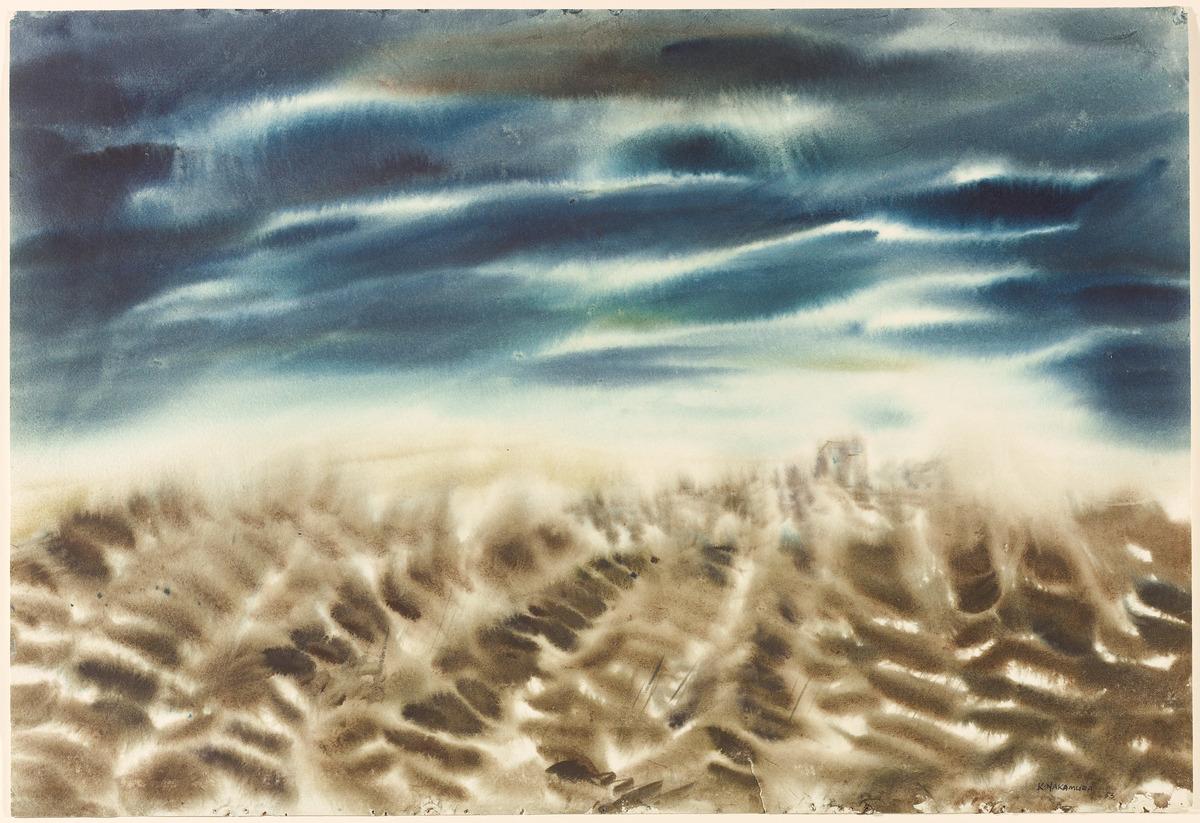
Kazuo Nakamura. Plowed Field, 1953. Watercolour on wove paper, Overall: 36.9 × 54 cm. Art Gallery of Ontario. Purchase with funds from Bill and June McLean, Toronto, 2001. © Estate of Kazuo Nakamura. Photo: AGO. 2000/1151
Nakamura painted this work the same year that he participated in the groundbreaking Abstracts at Home exhibition in Toronto, which catalyzed the formation of Painters Eleven. Throughout his career, he explored several artistic concerns in parallel, moving seamlessly between abstraction and figurative painting. This watercolour likely illustrates an imagined scene, a tiny, distant home adrift on roiling terrain. Unlike some of Nakamura's earlier landscapes, the location here is non-specific – it could represent a field in many parts of the world. His treatment of Plowed Field is consistent with his career trajectory, given that Nakamura saw himself as an international artist rather than a regional one. Alongside Painters Eleven, he would soon find recognition both within and beyond Canada's borders.
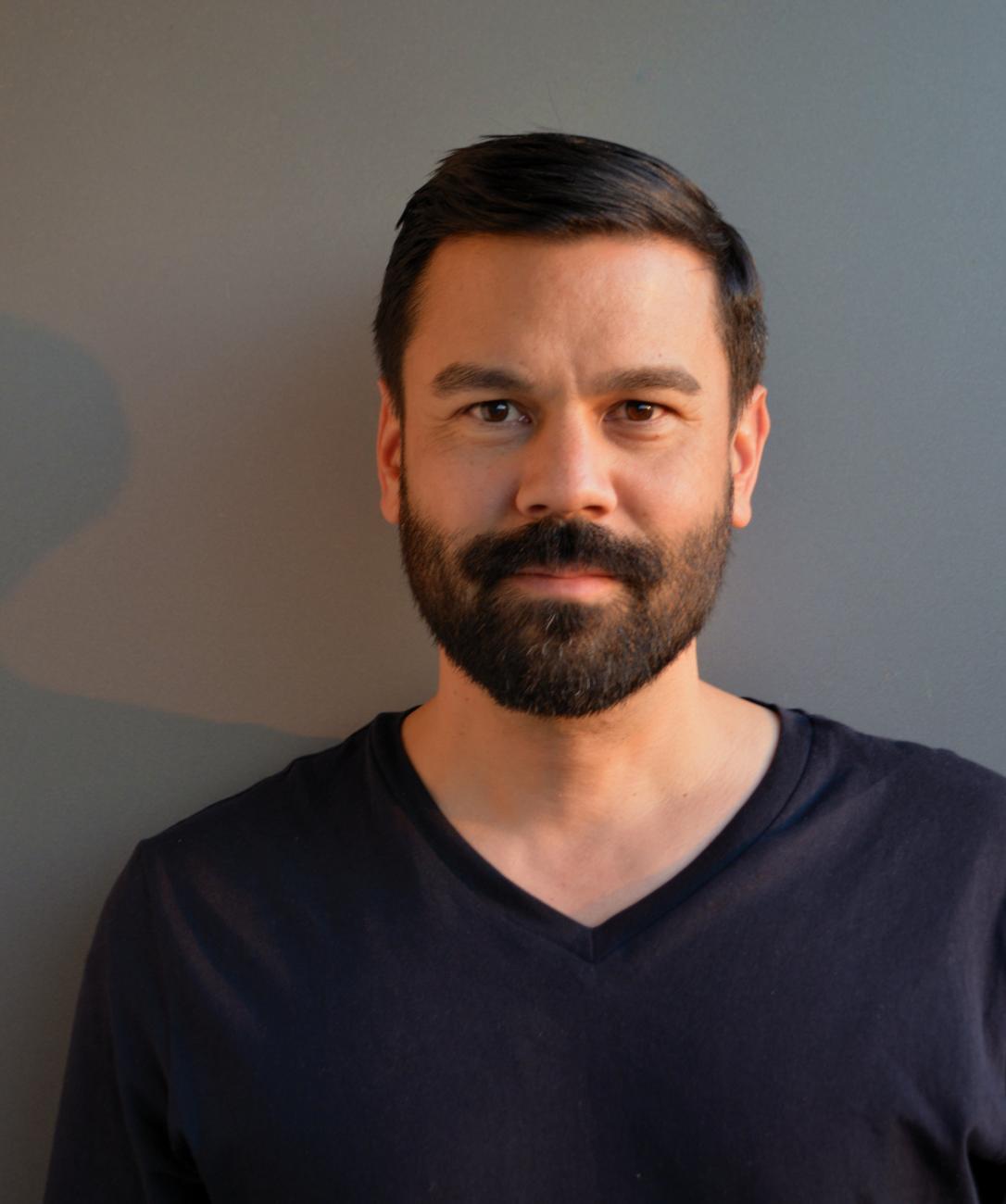
Image courtesy of the artist.
This text was guest-written by Toronto-based multidisciplinary artist Jon Sasaki. Learn more about Nakamura’s other three watercolours on view by visiting the Esther & Arthur Gelber Treasury (gallery 142), located on Level 1 of the AGO. To see a selection of Nakamura’s abstract works, head up to Level 2 to experience Kazuo Nakamura: Blue Dimension. Sasaki will be exhibiting his own nocturnal landscape series in September 2025 at the Clint Roenisch Gallery. Learn more about Sasaki’s practice by visiting his website.
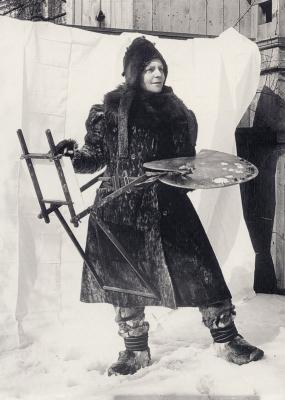
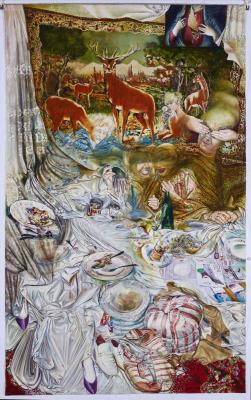
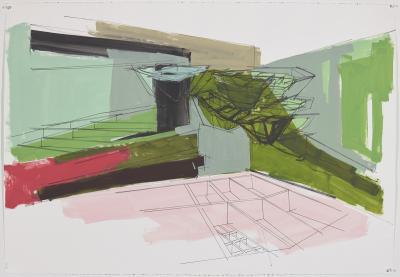
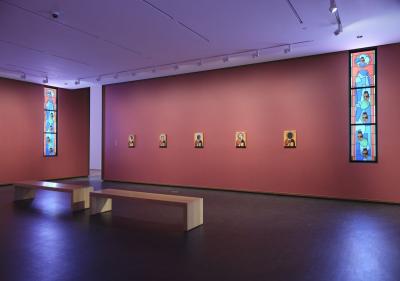
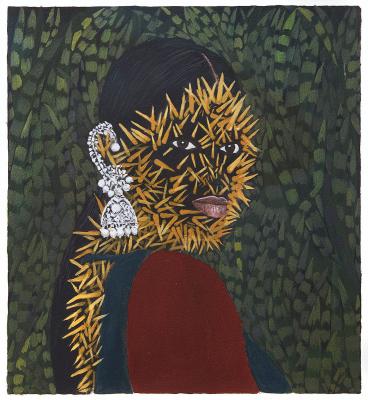
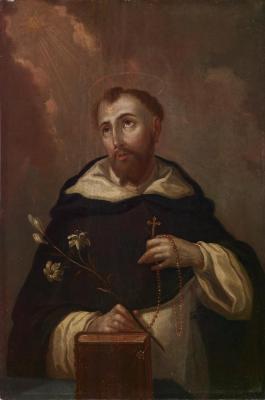
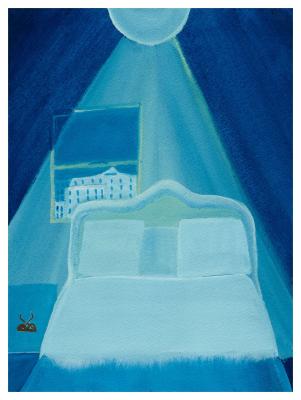
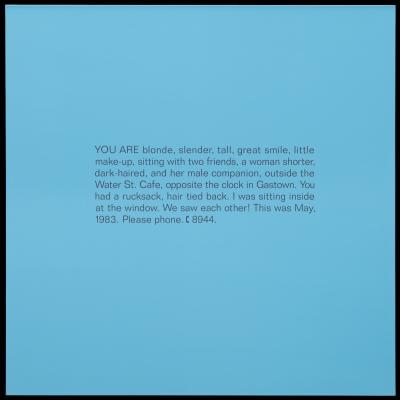
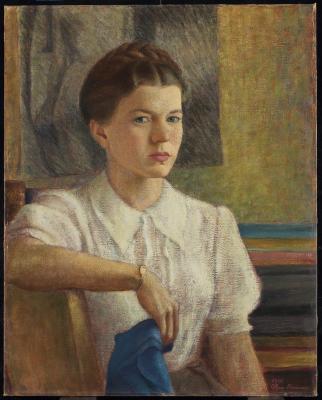
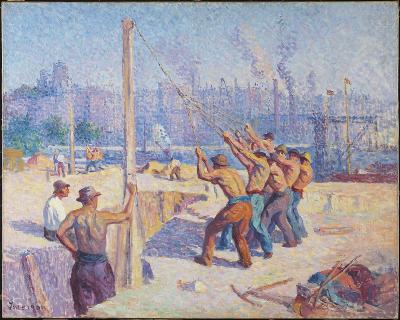
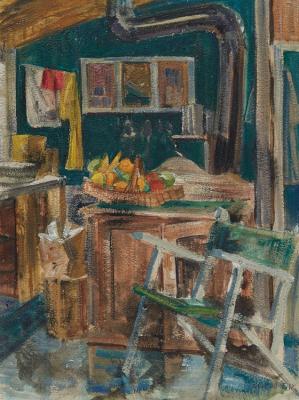
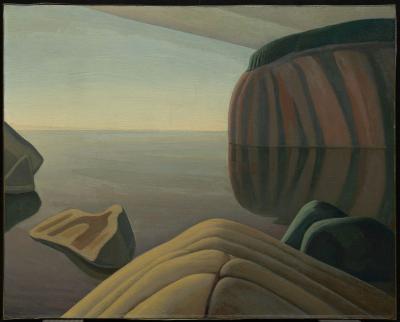
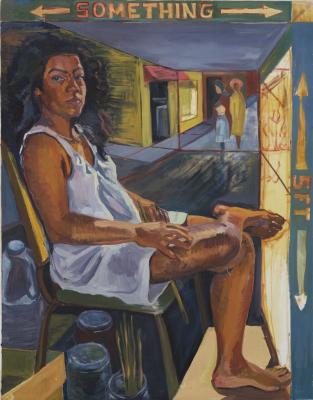
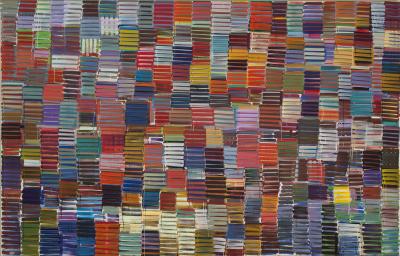

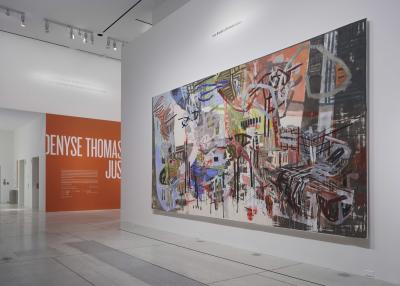

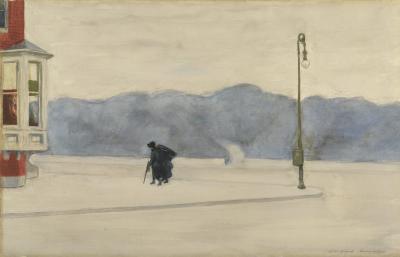
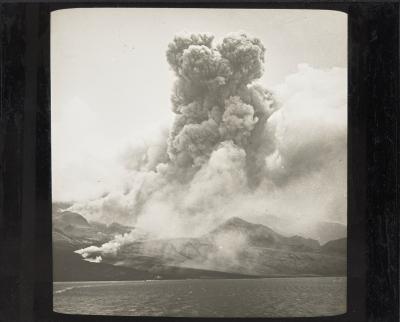
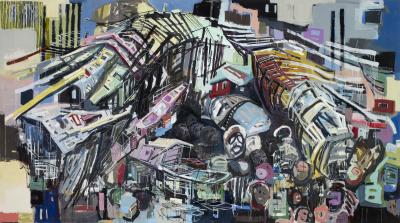
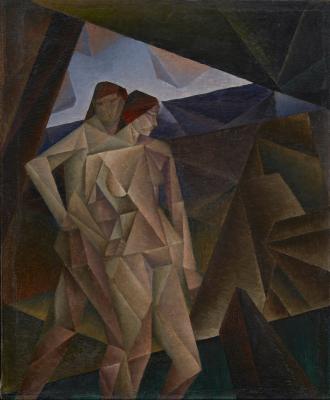
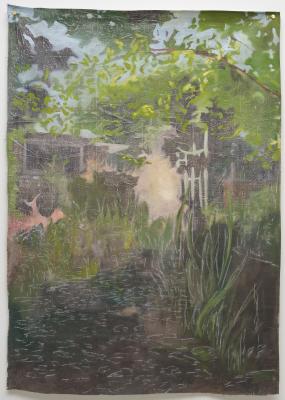
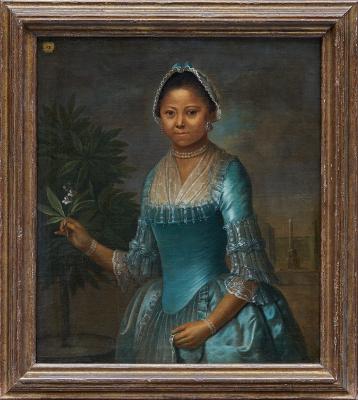



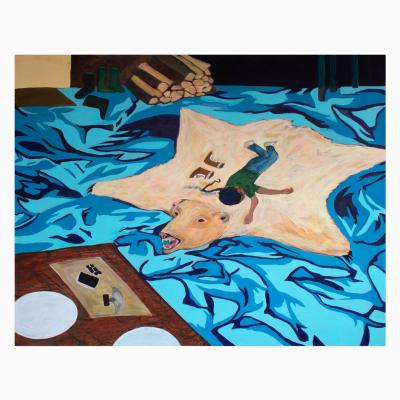
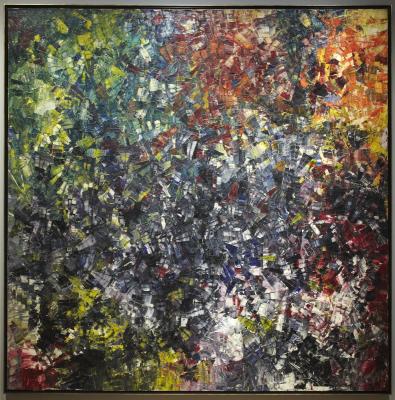
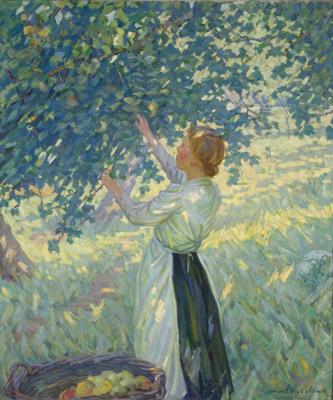
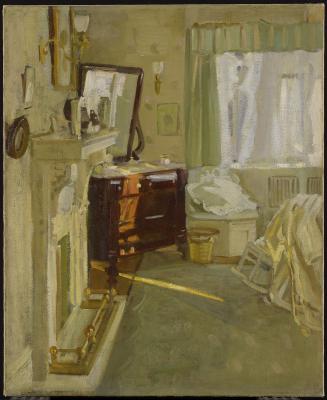
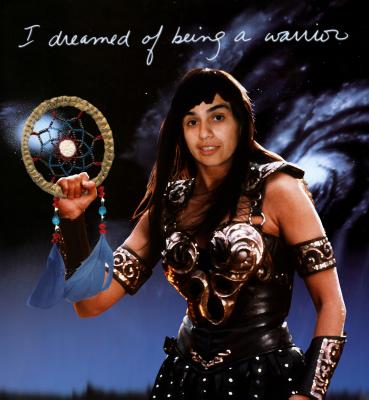
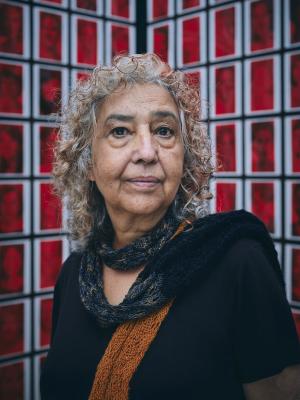

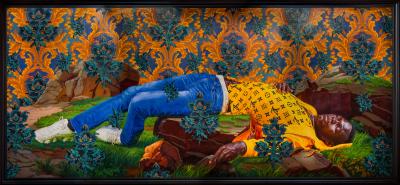
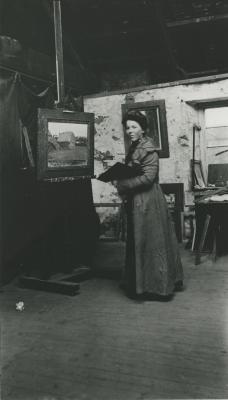
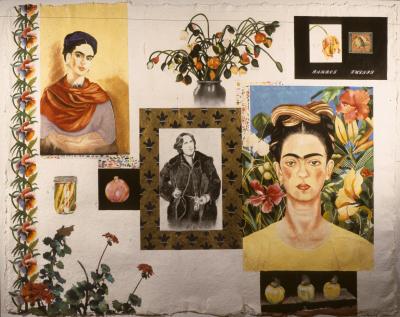
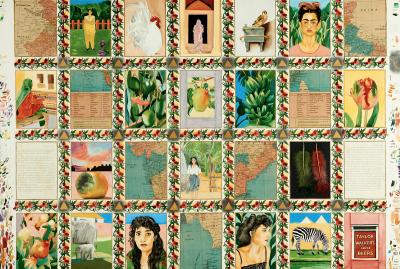
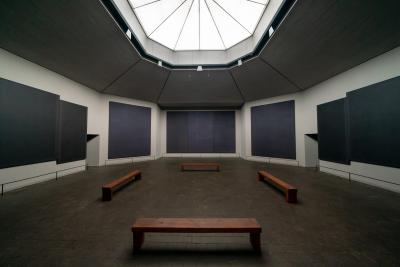
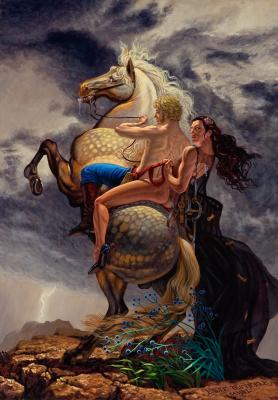
![Keith Haring in a Top Hat [Self-Portrait], (1989)](/sites/default/files/styles/image_small/public/2023-11/KHA-1626_representation_19435_original-Web%20and%20Standard%20PowerPoint.jpg?itok=MJgd2FZP)
